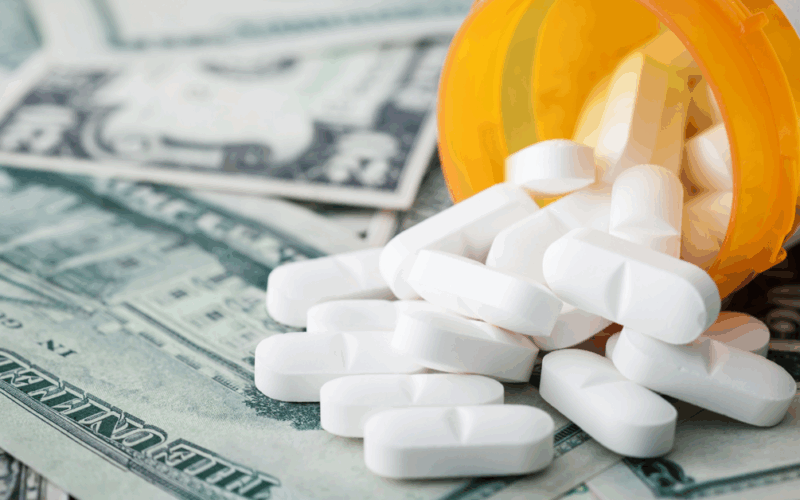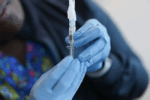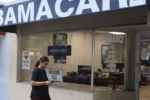Medicare beneficiaries enrolled in Part D have long faced challenges with rising prescription drug costs. Recently, a significant change has been introduced that aims to ease this financial burden: an annual $2,000 cap on out-of-pocket drug expenses. This new limit is a game-changer for millions who rely on regular medications to manage their health.
Understanding how this drug cost cap works is essential for beneficiaries and their families. It provides more predictable drug spending, which can help with budget planning and reduce stress related to medication affordability. Let’s explore what the $2,000 cap means and how it affects Medicare Part D users.
What Is Medicare Part D and How Did Drug Costs Work Before?
Medicare Part D is a federal program designed to help cover the costs of prescription medications for Medicare beneficiaries. Before the introduction of the new cap, beneficiaries had to pay varying amounts out-of-pocket, which could become quite expensive, especially for those requiring multiple or high-cost drugs.
Previously, there was no fixed limit on how much a person could pay for prescriptions in a year. After reaching the “catastrophic coverage” phase, beneficiaries still paid a percentage of drug costs, sometimes resulting in thousands of dollars in expenses annually. According to the Kaiser Family Foundation, this situation left many vulnerable to financial strain.
How Does the $2,000 Annual Drug Cost Cap Work?
The new limit means that once a Medicare Part D beneficiary spends $2,000 out-of-pocket on prescription drugs in a calendar year, they will not have to pay any more for covered medications during that year. This out-of-pocket spending includes deductibles, copayments, and coinsurance—but excludes premiums.
This cap came into effect to protect beneficiaries from unexpected high medication expenses. It moves after the deductible and initial coverage phases but applies before catastrophic coverage would normally begin. The Centers for Medicare & Medicaid Services (CMS) have detailed how this policy will help patients manage their healthcare costs more effectively.
Who Qualifies for the Drug Cost Cap?
All Medicare Part D beneficiaries are eligible for this $2,000 annual out-of-pocket spending limit. This universal cap includes those who receive Extra Help (a program for low-income individuals), who previously had lower out-of-pocket costs. Now, the cap offers a more uniform protection across all beneficiaries.
It is important to note that while the cap covers many prescription drugs, some medications might still have limitations or restrictions depending on individual plans. Beneficiaries should review their specific Part D plan details to understand coverage fully.
How Can Beneficiaries Benefit from the Cap?
This cap provides peace of mind by preventing excessive drug spending, allowing beneficiaries to better plan their annual healthcare expenses. For example, a person who was spending $3,000 or more on medications yearly can now expect to save at least $1,000 out-of-pocket, making essential drugs more affordable.
Moreover, this policy may encourage more individuals to seek necessary treatments without fear of high costs, improving overall health outcomes. The AARP emphasizes that the policy could significantly reduce financial barriers for seniors and disabled individuals dependent on Medicare.
Steps to Take Now: What Medicare Beneficiaries Should Do
Beneficiaries should contact their Medicare Part D plan providers to confirm how the new cap applies to their medications. Reviewing the plan’s formulary (list of covered drugs) and understanding any prior authorization requirements can help avoid surprise costs.
Additionally, it may be helpful to budget for the $2,000 cap and keep track of spending throughout the year. If you exceed the cap, reach out to Medicare for assistance and to verify that your plan is correctly applying the cap.
Looking Forward: Impact on Medicare and Healthcare Costs
The introduction of the $2,000 annual cap on prescription drugs represents a significant policy shift aimed at controlling drug costs for seniors and disabled Americans. It reflects ongoing efforts by the government to make healthcare more affordable and accessible under Medicare.
As this cap is put into practice, beneficiaries and healthcare providers alike will monitor its effectiveness in reducing financial strain. For many, this is a welcome change that promises better financial protection and more confidence in managing chronic illnesses.




